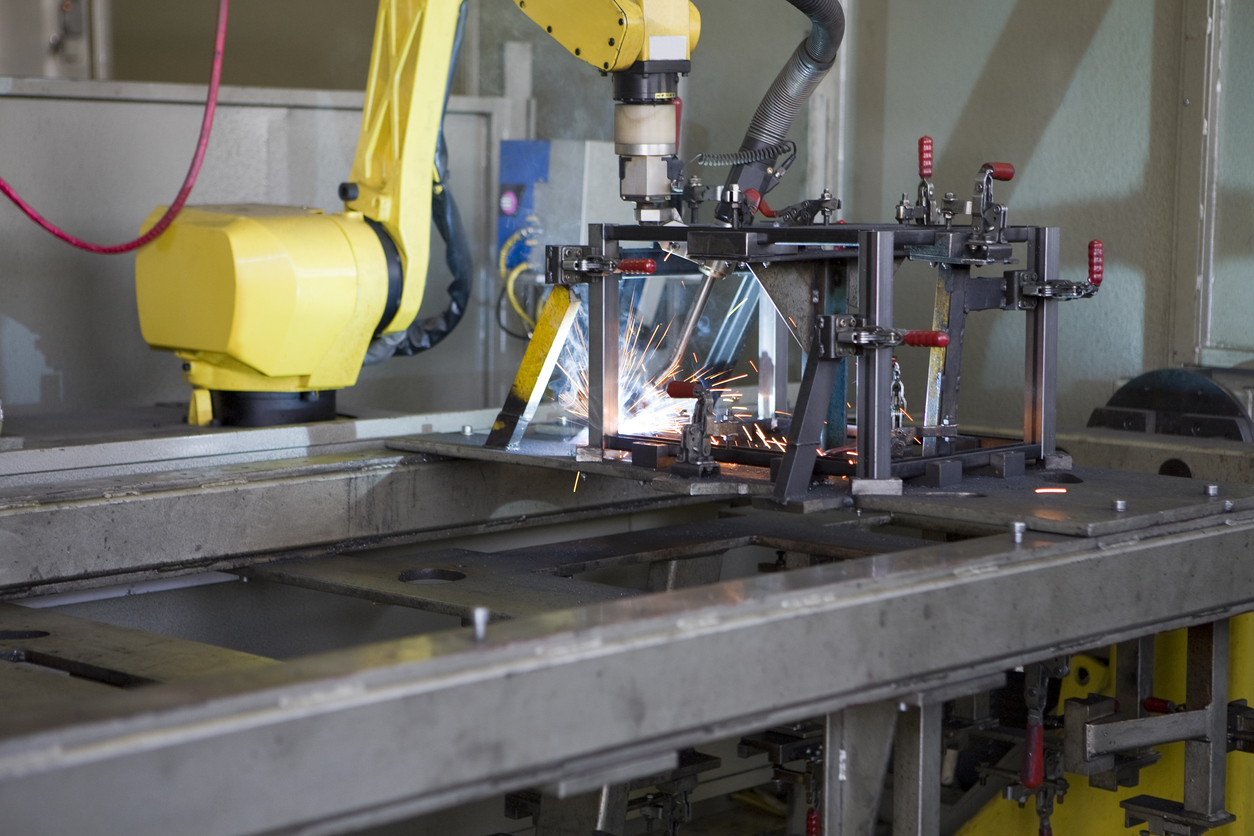Knowing When to Use Sensors for Robotic Welding
Knowing When to Use Sensors for Robotic Welding

Robotic welding has revolutionized manufacturing by improving speed, precision, and consistency. However, even the most advanced robotic systems can benefit from the integration of sensors. These devices provide real-time feedback, helping robots adapt to variations in parts, maintain weld quality, and improve overall performance. Whether you're looking to increase efficiency or reduce defects, understanding when and how to use sensors can make a big difference.
With so many sensor types available, it's easy to feel overwhelmed when deciding which ones are right for your application. The key is to evaluate your specific needs, such as part variability, production volume, and desired weld accuracy. Choosing the right sensor can lead to significant improvements in productivity and cost savings over time.
Types of Robotic Welding Sensors
As robotic welding continues to evolve, various sensor technologies have been developed to address common challenges in the welding process. Here are some of the most commonly used types:
- Touch Sensors: These sensors work by making physical contact between the welding electrode and a pre-set point on the part. This helps the robot identify the exact location of the weld seam, ensuring precise positioning and consistent results.
- Seam Tracking with Arc Sensors: Used primarily in arc welding, these sensors monitor the weld path in real time. If the robot deviates from its programmed route, the sensor detects the change and adjusts accordingly, maintaining high-quality welds even in complex applications.
- 2D and 3D Camera Sensors: Vision-based systems allow robots to "see" the workpiece and locate the weld area accurately. While they may face challenges due to bright light during welding, they offer powerful guidance that reduces errors and improves setup times.
Each type of sensor offers unique advantages, and the best choice depends on your specific welding environment and goals.
When Does It Make Sense to Invest in Robotic Welding Sensors?
Investing in robotic welding sensors is most beneficial in environments with high part variety, where the robot must perform multiple tasks or handle irregularly shaped components. In such cases, sensors help ensure accuracy and reduce the need for manual adjustments.
If your production involves frequent changes in part geometry or inconsistent positioning, sensors become essential. They allow the robot to compensate for these variations, resulting in more reliable and repeatable welds. Additionally, if the return on investment (ROI) justifies the cost—such as through reduced rework or increased throughput—it’s a smart move to integrate sensors into your system.
For more insights on how to optimize your robotic welding setup, consider consulting with an experienced integrator like Genesis Systems. With over 35 years of experience in robotic integration, they’ve helped countless companies achieve higher productivity and better weld quality through tailored solutions.
Posted in Robotic WeldingEectric Scooter,Electric Motorcycle With Seat,E Scooter,Ev Scooter
Wuxi Yizhiling Locomotive Development Co. LTD , https://www.yizhilingev.com